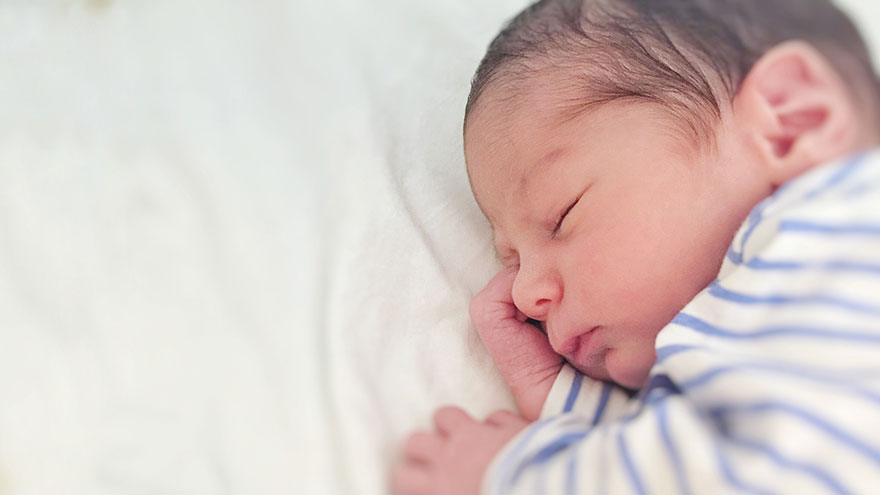How to Get Rid of a Baby’s Cradle Cap
If your newborn has developed red patches or white or yellow scales on his scalp, don’t worry. It’s most likely cradle cap, a noninfectious skin condition that generally disappears within a few months.
Usually, it’s not itchy or uncomfortable, but it can be unattractive, especially if your little one has no hair to hide it. Fortunately, getting rid of it is simple, although it may take some time and effort.
Things You’ll Need
- Baby shampoo
- Soft-bristled brush
- Medicated shampoo
- Petroleum jelly
- Mineral oil
- 1 percent hydrocortisone cream
6 Steps to Get Rid of a Baby’s Cradle Cap

1. Wash your baby’s scalp more frequently than you have been.
Use your wet fingertips to gently massage the affected area. This may help loosen the scales. HealthyChildren.org, the official website of the American Academy of Pediatrics recommends using a mild baby shampoo.
2. Brush the scalp with a soft-bristled brush after shampooing, but before rinsing.
Also, an additional brushing once or twice daily is beneficial.
3. Try a medicated shampoo.
Such as those containing salicylic acid, coal tar, zinc, selenium or ketoconazole, to loosen difficult-to-remove scales. These can be irritating to the skin, according to HealthyChildren.org, so consult your pediatrician before use.
4. Apply a very thin coat of petroleum jelly.
Or mineral oil to small patches of the affected scalp and let it sit for 5 to 10 minutes. Wash several times with a baby shampoo to remove the scales, and as well as the petroleum jelly or mineral oil. If this does not work to loosen the scales, apply petroleum jelly or mineral oil and let it sit on your child’s scalp for several hours before washing.
5. Speak with your child’s doctor about using a 1-percent hydrocortisone cream or lotion.
These products reduce inflammation and help clear up many skin conditions. Use sparingly and as your pediatrician directs.
6. Note any other symptoms that your child develops.
Such as itchiness or blisters, and report them to your pediatrician right away. These symptoms may indicate the presence of another skin condition that requires professional treatment.
Tips and Warnings
- HealthyChildren.org notes that cradle cap, or seborrheic dermatitis, as it’s called in older children and adults, is not associated with serious infections, poor hygiene or allergies. Altering your baby’s diet and giving him antibiotics will not get rid of the cradle cap.
- Cradle cap can affect more than just your child’s scalp; some kids develop scales and flakes within bodily creases, on their eyebrows, behind their ears and in other locations, according to KidsHealth.
You Might Also Like :: How to Deal With Cradle Cap

